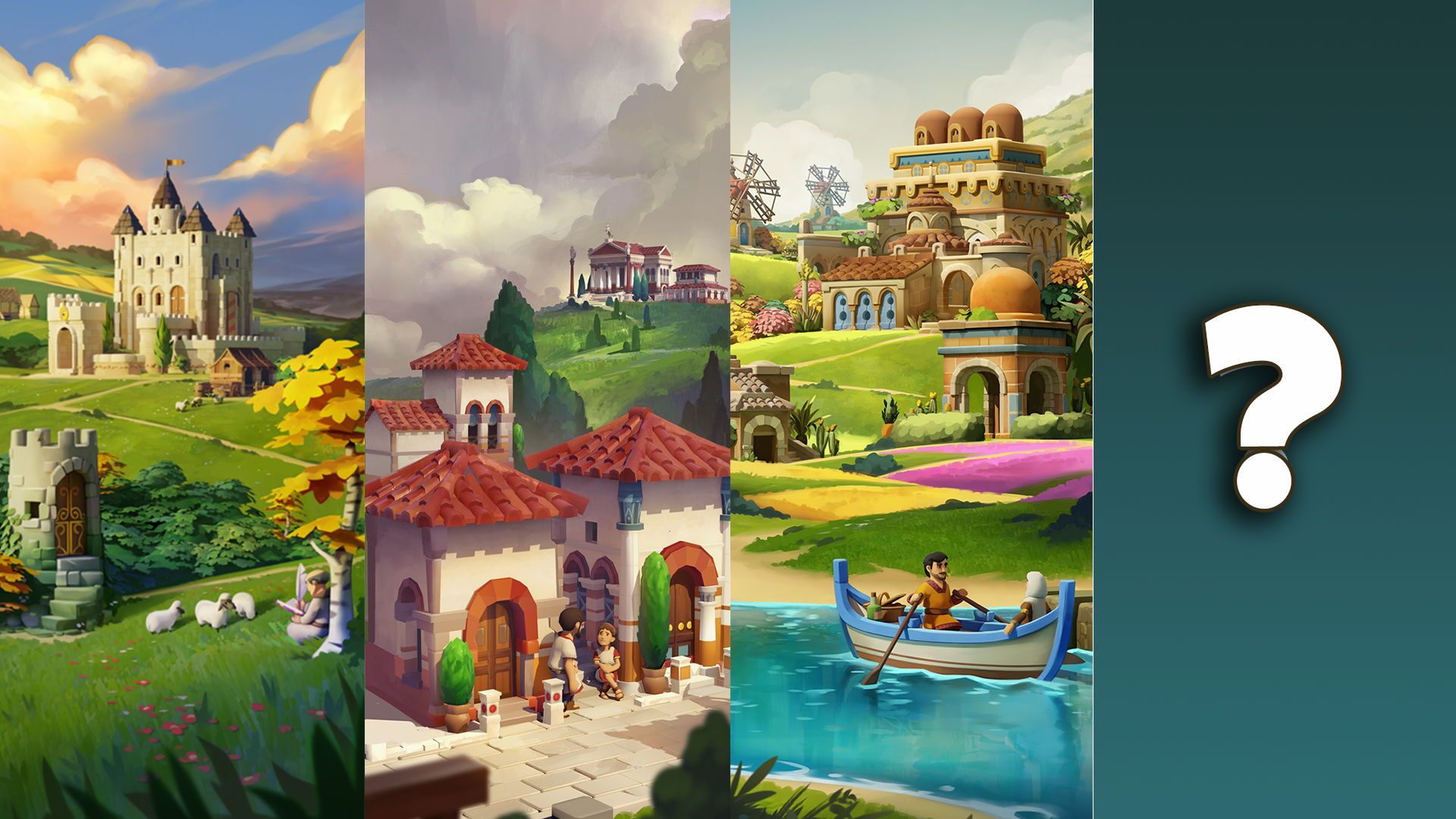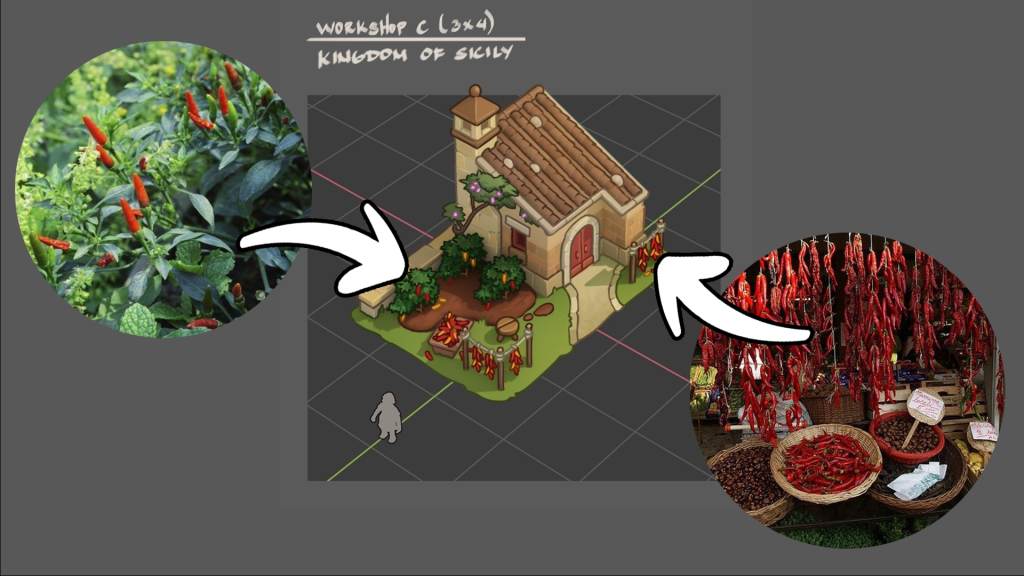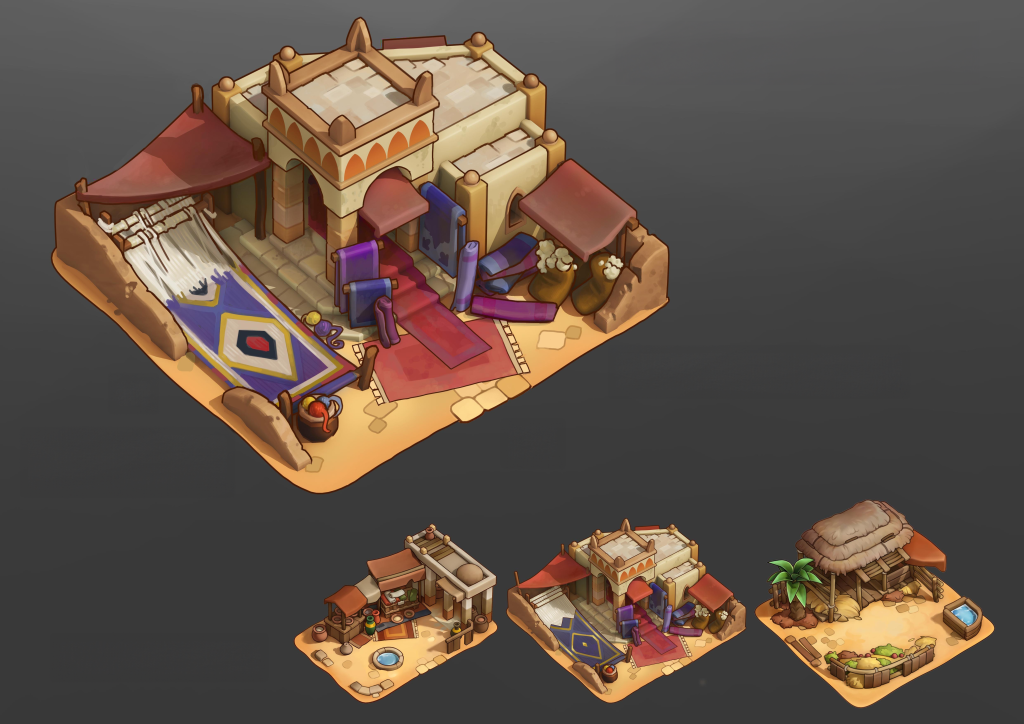Rise of Cultures: What is needed to bring a new age into reality?

While events can keep players busy for a limited time, they cannot offer the same experience as a big content expansion. It offers more longevity and depth to the game by introducing new storylines, mechanics, characters, levels, or challenges. Even though events can keep players busy at the end, they cannot offer the same experience as a large content expansion. It typically brings more depth and longevity to the game through new storylines and mechanics.
The equivalent of a large content expansion in Rise of Cultures is “era”. Each era is a historical period in the game, with its own set of buildings, technologies and cultural traits. As players progress through the different Eras, they gain advancements. This enhances the gameplay and gives the strategic elements more depth. The team, for example, researched the ingredients and goods used in the Kingdom of Sicily Era and selected the Sicilian Chili, also called Peperoncino as one of its goods to be manufactured in their own workshop. Coffee was also chosen for the Arabian Allied Culture due to its economic and cultural importance. The architecture, materials, colors, and other elements make each building more authentic (see below).


The Rise of Cultures Team announced that the launch of the new era was planned for the first halves of 2024. ( Check out the announcement ). We are now taking a look at the backstage of the creation of a new era, since the Rise of Cultures Community is preparing their theories about the characters and plot that can be anticipated for the new era set around 1100 C.E.
Before Rise of Cultures can begin working on a brand new era,they need to know exactly what they are going to do. After extensive research, the Rise of Cultures team drafts a story and theme, as well as concept artwork. The new era must fit in with the existing story of the game, and portray a true image of that era. Since the new era continues past eras in Rise of Cultures, deciding the next era also means deciding the story’s future. Rise of Cultures does not jump backwards in time. Therefore, deciding on a new period is also a decision that affects the future.
The first building concept is being developed for the second part of Rise of Cultures: Arabian Allied Culture.

While game designers and artists are responsible for the initial concept, product managers and developers take part at this early stage to evaluate the feasibility of a project plan. It’s crucial to determine if a particular era can be theoretically implemented in all disciplines. The production of an entire era becomes more difficult and time-consuming the more extraordinary and detailed the work required. It is also important to consider the roadmap that covers all events, changes, and new features for an entire calendar year. The team also checks which assets can be reused or altered to save time in production and which assets must be created for the new era.
As the design of the game for the new era becomes more detailed, artists both 2D and 3-D create the art assets that you will find in the later game. Music and sounds that are culturally specific will be created to make the new era stand out. Developers are also working on the programming of the new era. It is important to enable all the other components, such as Game Design, to complete their work.
It’s not necessarily a novelty to implement the transition from one era to another. With all the changes that a new age requires, a single click by a user can have a huge impact on the game, both visibly and unvisibly. This small glimpse may give you a better idea of what needs to tested, adjusted and fixed before the test version is available!
Once a test version of a new era has been completed, the entire Rise of Cultures Team will spend a significant amount of money to test the version. Involving all members of the team in the testing allows you to see the new era through different eyes. It’s easier to get the attention of teams to make necessary changes and improvements. Testers might find that unlocking certain technologies is either too simple or takes too long. This would require rebalancing the progress of an era, such as by reducing resources required or changing the game economy.
The product manager will eventually approve a version that includes the new era, and it can then be released as part of a new update. Even though everyone is eager to introduce the new era, caution must be exercised! For example, a new version of the video game should include all the changes that were made to the live version. At the same time, any changes needed to the database to unlock a new era need to be ready for release.
Finally, the day of release arrives, and thanks to the combined efforts of all disciplines, is now live and ready for play. It doesn’t necessarily mean that the work has been completed. While some members of the team may have already started working on new features or improvements to be enjoyed by players at this stage, it’s not uncommon for some additional work to follow up, especially for developers. This is because unexpected bugs or problems might arise once the feature goes live and is used by a large number of users, with different settings, operating systems, and devices. The Rise of Cultures Team also collects feedback to find out what the players think about the new era. They will also learn what needs to be improved and what they want to see in the future.
That’s all! Here’s a look at the development of a new era in Rise of Cultures! Play the existing eras of Rising of Cultures while the team works on it behind the scenes! For a comparison of how InnoGames city-building games progress, you can check out “Ages” of Forge of Empires or “Chapters of Elvenar.



